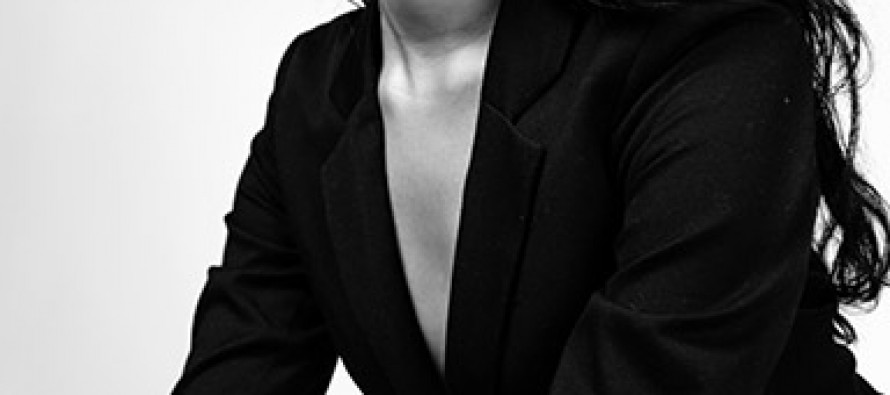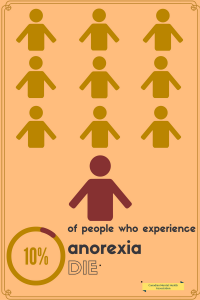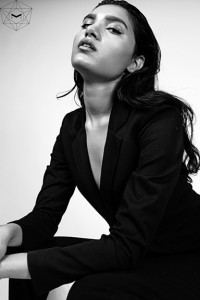Behind the snapshot

By: Sreedha Varanasi and Stephanie Zografos
Lights, flashing cameras and the bustle of people pulling your hair, curling your lashes and adjusting your dress. How did you get here? What are you working for and why are you doing this? What about the story behind the snapshot?
Models dedicate much of their lives to meticulously improving every aspect of themselves to remain relevant in the fashion industry, often sacrificing their physical and mental health. Outside the industry bubble, fashion may seem expressive and glamorous, but for the people on the inside it can be a whirlwind of chaos and beauty.
Jamie Pfeifer is a 19-year-old model from Windsor. She worked with Supermodels America and competed in Miss Universe Canada. She has worked on many platforms within the fashion industry, including commercial shoots, runway walks and beauty pageants. Her love for the industry comes hand-in-hand with acceptance of its challenges.
“I know that I am not always what they are looking for,” said Pfeifer. “I am taller and not a size two and I never will be and I am okay with that. So I just accept that as it is and I try out and if that’s not good enough for them, then I just move on.”
Body qualifications are to the modelling industry what skill-based resumes are to conventional 9-to-5 jobs. They are used to weed out models that are not preferred by casting agents. Pfeifer said she has been physically measured at casting calls, a common practice that she says makes her uncomfortable.
While size is arguably the most judged aspect of the modelling world, there is an industry standard for height with most agencies. This can restrict a model’s career, causing many talented models to never set foot on a runway.
Cherisse Fernandes is a 20-year-old model from Toronto who was signed with Elite Model Management at the age of 16. Having participated in commercial and artistic shoots, her main goal now is to walk the runway. Her only setback is that she falls below the industry height requirement of 5-9”.
“I’m not tall enough to go into high fashion or anything,” said Fernandes. “The comments [Elite would make] were that I was too short to pursue a serious modelling career. At the time it hurt, because it meant that I couldn’t be a model or continue in this industry professionally.”
Luciana Rosu-Sieza, the Executive Director at Bulimia Anorexia Nervosa Association of Windsor, said that when it comes to trying to look a certain way, people need to understand their genetic composition.
“I think that there are a mix of standards,” said Rosu-Sieza. “You hear things like slim and thick and all of these different types of terminologies where people are trying to acquire something that naturally their body is not meant to do.”
Rosu-Sieza said that standards are changing every year, and people are using different methods such as extreme dieting and exercise regimes to fit into the two per cent of people who achieve the ideal.
The acceptance of curvier women that was prevalent in the past is returning to society now, but in a way that still distinctly separates them from standard models. The threshold for being considered a plus-sized model starts at size 8, which also is the size of the average woman according to WebMD.
“Often, when they say plus-sized, they use women who look like the average woman,” said Fernandes. “Or they use women who are muscular and flat chested, and call them plus sized. There isn’t that same respect and appreciation for curvaceous women in the industry, even if they say there is.”
As the general public attempts to live up to the beauty standards set by the fashion industry, models face the pressure of being the standard. The obsession with appearance has surpassed conscious decision-making and has become engrained in our everyday behaviours.
Rosu-Sieza said the feeling of isolation in regards to body image issues often makes people feel like no one else has the same self-esteem issues. The universal truth about body image is that everyone, no matter the age or gender, struggles with body image. She says she sees people from all different walks of life walk through her doors seeking help.
While many body image issues stem from the unrealistic standards of the fashion world, Fernandes said people involved in the industry hope to see improvements in their inclusiveness. She acknowledges there have been improvements made in regards to size discrimination, but maintains that there is still a long way to go in diversifying mainstream standards of beauty.
“It’s about embracing your uniqueness,” said Fernandes. “No one else has your face…your features or your poses, no one else can copy that. It’s really about taking care of yourself. [There is] nothing wrong with clean eating, it’s self care, but you can’t restrict yourself. It’s about health, not about a number. It’s about realizing your individuality.”
Photo by: Milana Radic
Cherrise Fernandas poses for a photo shoot by Milana Radic




